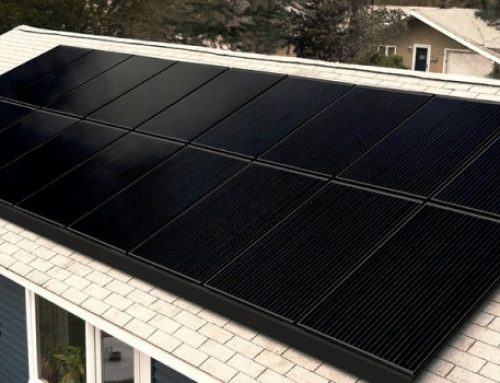Managing your electricity usage is not only environmentally responsible but also helps you keep a handle on your monthly expenses.
Whether you’re a homeowner looking to leverage solar power to gain better control over your energy bills or a business owner looking to more efficiently manage your running costs, learning how to calculate electricity costs from watts can be a valuable skill.
In this article, we’ll break down the process step by step, so you can take control of your energy consumption and budget while contributing to a greener future.
Looking to learn more about solar power? Explore our most popular resources:
Understanding the Basics
Before delving into the calculations, it’s essential to grasp the basic concepts that underlie energy consumption and electricity pricing.
The fundamental unit of power is the watt (W), which measures the rate at which energy is used or produced. Energy usage is commonly measured in kilowatt-hours (kWh), which represents the amount of energy consumed over an hour at a constant rate of one kilowatt.
Adelaide has different electricity rates for various times of the day. These rates are usually divided into peak, off-peak, and shoulder periods. The cost per kWh during peak times is typically higher than during off-peak hours. It’s important to be aware of these rate variations as they significantly impact your electricity costs.
Step-by-Step Calculation
Step One – Check the Appliance Wattage: The first step is to determine the wattage of the appliance or devices you want to calculate the electricity cost for. You can usually find this information on the device’s label or in the user manual. For instance, let’s say you’re calculating the cost of a 100-watt incandescent light bulb.
Step Two – Convert Watts to Kilowatts: To convert from watts to kilowatts, divide the wattage by 1000. In the case of the 100-watt light bulb, the calculation would be 100 W / 1000 = 0.1 kW.
Step Three – Estimate Daily Usage: Next, estimate how many hours per day the appliance will be in use. If you use the light bulb for 5 hours a day, you would have 0.1 kW * 5 hours = 0.5 kWh.
Step Four – Identify the Tariff Rates: Check with your electricity provider to find out the tariff rates for your area. As of my last knowledge update in September 2021, the tariff rates for Adelaide may have changed since then. These rates will influence your cost calculations based on the time of day and the type of day (weekday, weekend, etc.).
Step Five – Calculate Daily Cost: Calculate the daily cost of using the appliance by multiplying the estimated daily usage in kWh by the corresponding tariff rate. For example, if the peak rate is 0.30 AUD/kWh, the calculation would be 0.5 kWh * 0.30 AUD/kWh = 0.15 AUD.
Step Six – Monthly Projection: To get a monthly projection, multiply the daily cost by the number of days in a month. If you want to project the cost for 30 days, the calculation would be: 0.15 AUD * 30 days = 4.50 AUD.
Remember, this is a simplified calculation and doesn’t take into account other factors like possible changes in tariff rates, variations in appliance usage, and standby power consumption.
Tips for Energy Conservation
While calculating the cost of electricity is essential, reducing energy consumption is equally important. Here are some tips to help you conserve energy and lower your electricity bills:
- Switch to LED Bulbs: LED bulbs are more energy-efficient and last longer than incandescent bulbs.
- Unplug Devices: Even when turned off, many devices consume standby power. Unplug chargers and devices when not in use.
- Use Appliances Wisely: Run high-energy appliances like washing machines and dishwashers during off-peak hours.
- Seal Leaks: Ensure your home is properly insulated and sealed to prevent energy wastage.
- Upgrade Appliances: When possible, upgrade to energy-efficient appliances with higher star ratings.
The Impact of Energy Consumption
Understanding the relationship between energy consumption and its environmental impact is crucial. Electricity production often involves the burning of fossil fuels, which releases greenhouse gases into the atmosphere, contributing to climate change. By monitoring your energy usage and making conscious choices to reduce it, you’re contributing to a more sustainable future.
Moreover, by being aware of your electricity consumption patterns, you’re better equipped to manage your budget effectively. Electricity bills can often be a significant part of monthly expenses, especially during extreme weather conditions when heating or cooling systems are heavily used. By employing energy-saving practices and optimising your appliance usage, you can not only lower your bills but also reduce your overall carbon footprint.
Future Trends in Energy Management
As technology advances, so does the potential for smarter energy management.
Smart meters, for instance, provide real-time data on your electricity consumption, allowing you to track your usage more accurately and adjust your behaviour accordingly.
Additionally, solar panels and home battery storage systems are becoming increasingly popular, enabling homeowners to generate their own electricity and potentially sell excess energy back to the grid.




